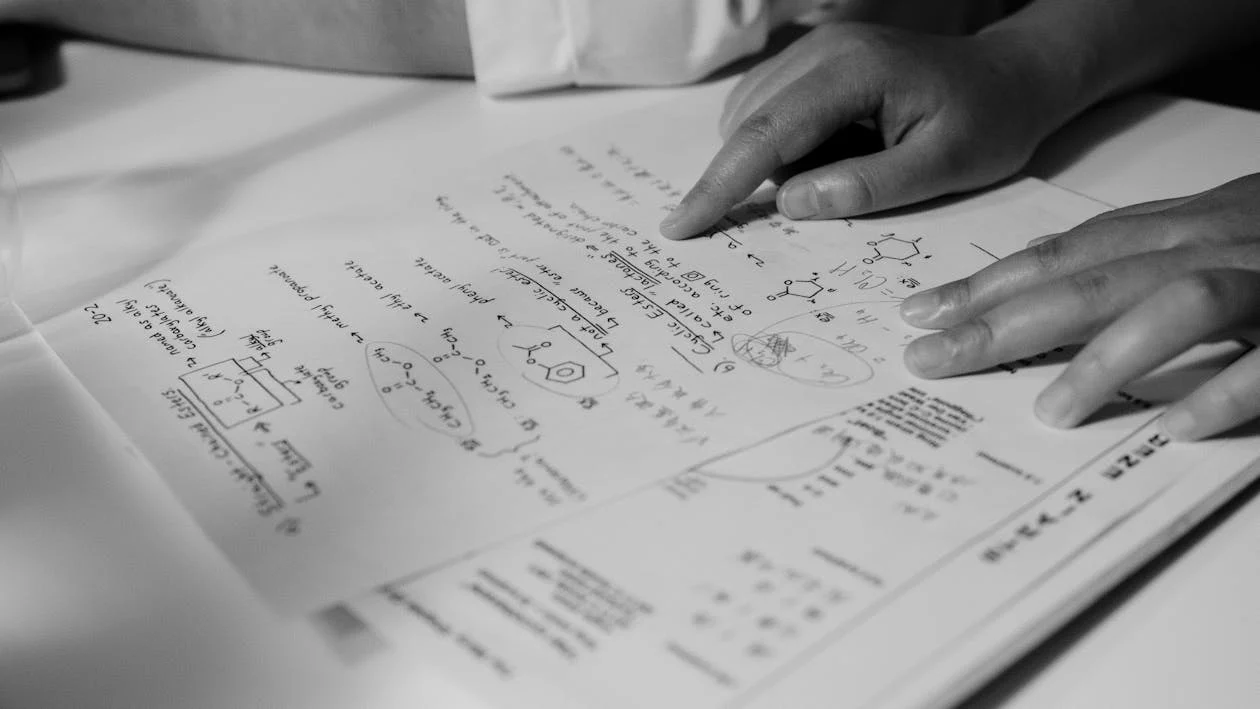Meet Your Expert: Cheryl, TASC Chemistry Teacher & Maths Tutor
Hey there! I’m Cheryl, a passionate Chemistry teacher, TASC Chemistry exam marker, and experienced tutor in both Maths and Chemistry. With 6 years of experience helping students build confidence in STEM subjects, I’ve guided many students through those tricky, calculation-heavy Chemistry problems. In this blog, I’ll show you how to use unit conversions and ratios—without relying on memorised formulas—to solve nearly any Chemistry math question. Let’s break it down, step by step!
How to Solve Almost Any Maths Problem in Chemistry Without Formulas
Have you ever stared at a Chemistry homework question and thought, Where do I even start?
Take this one, for example:
"Gasoline has an energy content of 44.4 kJ/gram. How many grams of Cheetos are needed, at minimum, to equal the amount of energy required for a car to travel 45 miles assuming the car gets 28 miles/gallon? Note: One (1) gallon of gas weighs 2.8 kg and 28g of Cheetos has 160 food calories."
It’s okay if you had to read that twice. Also, why Cheetos? The short answer: they’re tasty. The longer answer: they’re packed with energy—and energy is at the heart of this question.
Step 1: Identify What’s Known
Let’s list out the information given:
-
Energy of gasoline: 44.4 kJ/gram
-
Distance to be travelled: 45 miles
-
Car efficiency: 28 miles per gallon
-
Mass of 1 gallon of gasoline: 2.8 kg
-
Energy in Cheetos: 28 g = 160 Calories
Step 2: Define What Needs to Be Found
We’re looking for the mass of Cheetos (in grams) that provides equivalent energy to what’s needed to fuel the car for 45 miles.
Step 3: Determine What Needs to Be Converted
This is where it gets fun (yes, really!). We need to:
-
Convert Calories to kilojoules using the ratio:
→ 1 Cal = 4.184 kJ -
Convert kilograms to grams:
→ 1 kg = 1000 g
These unit conversions are key to navigating the problem.
Step 4: Understand Unit Rates and Ratios as Fractions
All ratios can be written as fractions, which is crucial in Dimensional Analysis. For example:
-
1 Cal / 4.184 kJ
-
4.184 kJ / 1 Cal
You’ll flip these depending on what units need to cancel out in your calculations.
Example:
1.5 km × (1000 m / 1 km) = 1500 m
1500 m × (1 km / 1000 m) = 1.5 km
Step 5: Organise the Units
Start with the value you know—45 miles.
Next, connect that to miles per gallon, which helps cancel out “miles”:
From there, use the mass of a gallon of gasoline:
Continue building your dimensional chain:
Step 6: Continue Until the Final Unit
Once you’ve cancelled everything but the unit you’re solving for (grams of Cheetos), you’re ready to calculate.
Here’s the full expression:
Step 7: Do the Maths (And Keep the Units!)
Now compute:
That’s 8.36 kilograms of Cheetos needed to power the car for 45 miles. Deliciously inefficient!
Another Example to Try:
“How many kilograms of sulfuric acid can be prepared from 1 kg of cuprite, Cu₂S, if each atom of S in Cu₂S is converted into 1 molecule of H₂SO₄?”
Dimensional analysis flow:
Result:
Final Thoughts
That’s it! With a strong grip on unit conversions and dimensional analysis, you can tackle most Chemistry maths problems—no formulas necessary.
This method:
-
Makes calculations easier to follow,
-
Keeps your units in check,
-
Reduces rounding errors,
-
And gives you confidence for exams.
So next time you're stuck, start with your units and let them show you the way.
If you found these helpful, I’d personally love to support you as your tutor this year. You can view my profile here on Learnmate and contact me to discuss tutoring.
Alternatively, you can also engage other tutors on Learnmate to help you refine your study strategies, boost your confidence, and receive personalised support for Chemistry. Connect with an expert Chemistry tutor on Learnmate and take your understanding to the next level!




